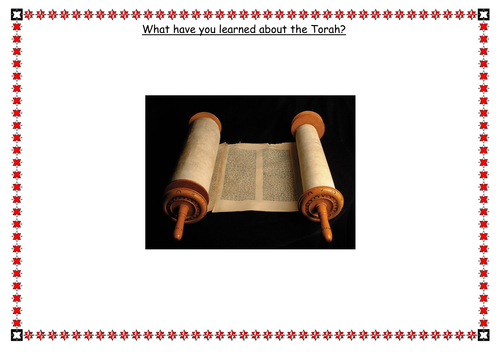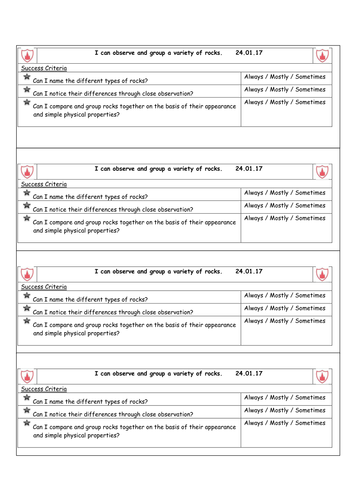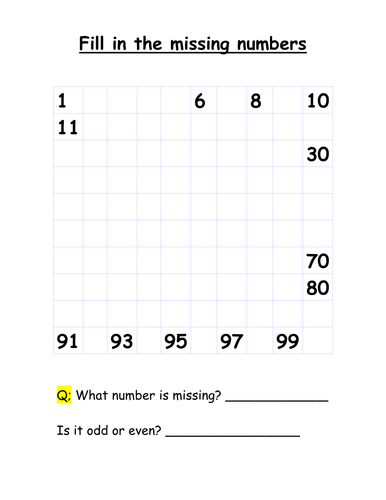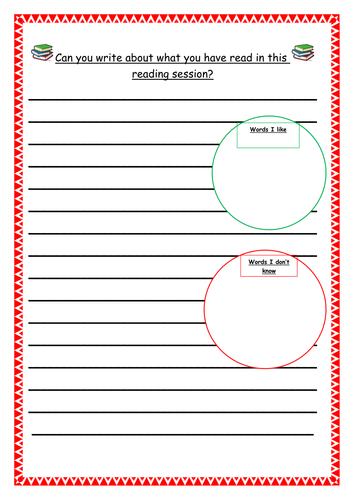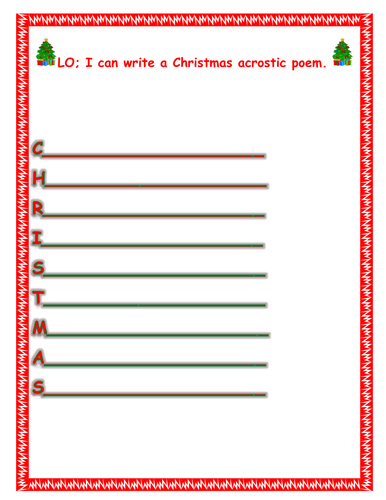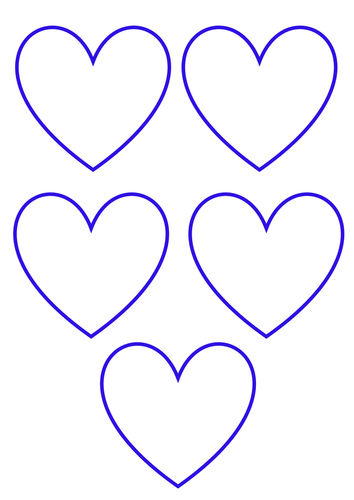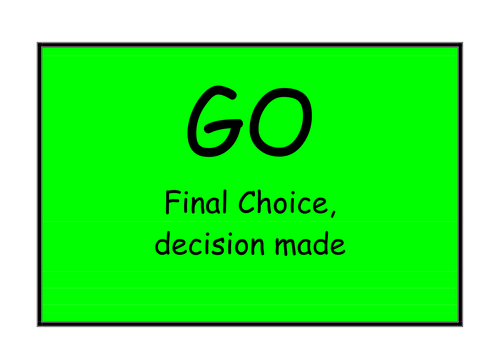
90Uploads
85k+Views
3k+Downloads
All resources

Science - identifying, naming and grouping animals
This is a science worksheet for Year 1. First they have to stick a picture in a box and then name the animals. Next they have to decide which group the animal belongs to (bird, fish, reptile, mammal, amphibian etc). Once they have done that they have to write a feature of that animal group to say why they think it is a bird, reptile, amphibian, mammal etc.
LO and success criteria are in a box at the top of the page ready for the teacher to mark.
This will save loads of time! Enjoy.

TOPIC WEB - YEAR THREE - LET THERE BE LIGHT- MEDIUM TERM PLAN
This is a topic web for Y3 on the topic let there be light. If anything this will be useful to have simply for the LO's which you can use and helot to guide you plan the term. The children are loving it so far!

Differentiated worksheet on writing a List Poem using the 5 senses
This is a worksheet (differentiated) where the children have to write a list poem using their five senses.
On one worksheet the children have to read the words 'I can see_______ I can hear______' and complete the sentence. The other worksheet is for the visual learners who look at the image and write what they can smell, hear, see, etc.
Can be edited so that the HA have to write the five senses words and their full sentence.

What have you learned about the Torah
This is a worksheet for the Children to complete at the end of a unit. They have to write all the things that they know about the Torah. There is also a second sheet with arrows (4) for the LA.

Matching 2D Shapes to the descriptions
These work sheets enable children to match the 2D Shapes to the correct descriptions. Nice and bold which looks great laminated to use as an interactive display or to stick in the children's books.

To design a healthy plate
Simple smart notebook focusing on chn designing their own healthy plate. Two designs of plates that you can print. One with sections on the plate for them to draw / stick their foods on and the other has no sections on so they can draw their own.
Will save time!

Learning objective and success criteria for Grouping and naming rocks
This is a sheet where you can easily print off the LO AND SUCCESS CRITERIA for grouping and naming rocks. Adult to cut up or print onto sticky labels and then put in books. Makes marking life so much easier!
Hope it helps!

Describing changes from Stone Age to Iron Age Worksheet - differentiated twice - KS2
This is a worksheet where the children have to describe the changes from the Stone Age to the Iron Age. There are two worksheets with given subheadings.
The first worksheet has the following subheadings for the children to write about; 'People', 'Homes', 'Tools', 'Clothes' and 'Food'.
The second worksheet is has three main subheadings - 'People', 'Homes' and 'Tools'. There are lines on this worksheet to help support and structure the lower group.
The children in my class watched videos and we read information texts and they took notes in their jotters first, then we summarised the changes together verbally.

Morning / Mental /Oral Maths Starter template
This is a smart notebook template for morning maths. There are 9 questions covering time, shape, missing numbers etc and then a challenge page. This is a template for you to use and then change each day to suit your class as I do. I was observed on this starter and was given excellent feedback - age I used this on was year one.

Christmas 2-D Shape Pictures to cut out and make
The children have to cut out each 2-D Shape and arrange them to create a Santa and a Christmas Tree. The children are also given an extension question which asks if they can name all of the shapes. This is ideal for encouraging partner talk.
This can be used to create the children's Christmas Cards too! They could add a beard and baubles etc.
Will save lots of time!

What is a Prophet? Isaiah RE - Advent - Christmas - Messenger of God
This is a slide I have just made to help guide my lesson for tomorrow. The children have just studied the Season of Advent for Christians and the Church (see worksheet). Now they will learn what a prophet is and will look at the Prophet Isaiah reading 7:14 & 9:6 from the Bible.

Creating a persuasive poster on the Caribbean Year 3
This is a resource where the children have to create a persuasive poster on the Caribbean. There are two photos of a Caribbean beach which the children can choose from. Then the children use the boxes provided to write their persuasive information on and cut out and stick on the poster. I encouraged the chn to use all of the features of persuasive posters e.g. alliteration, bossy verbs, slogans, rhetorical questions, facts etc. They loved this lesson. I also enlarged the sheets to A3. Will save lots of time!

Missing numbers on a 100 square - Year 1 or EYFS
This is a 100 square where the children have to write in the missing numbers, forwards and then backwards. There is also a question asking them what number is missing (zero) and another question asking if it odd or even.
This is also perfect to use as an assessment and will save time!

Independent reading worksheet Year 3
This is such a useful worksheet to give to the children when they are free reading. Once they have read for a certain amount of time they can write about what they have read. This encourages the children to summarise and conclude what they have read. It also helps the teacher to see if they have actually been reading! There are two spaces on the worksheet where the children can note down any new words they like or any words they don't know the meaning of; and can they use a dictionary to find out the meaning!
If I don't put these worksheets on the tables during guided reading, the children start asking for them! Can be edited and will save time!

This is a Christmas acrostic poem template Year 3 KS2
This is a Christmas acrostic poem template for the children to use for Poetry. It is very eye-catching when printed and can easily be edited to spell other words related to Christmas.
Enjoy!

Exchanging amounts of money KS1 Year 2
This is a simple worksheet where the children have to work out what coins are needed to exchange a given amount. E.g. £5 for five £1, £20 for ten £2 etc.

Collecting and interpreting data on favourite biscuit - Year 3
This is a worksheet where the chn have to discuss what the tally chart is about. LO and SC are included on the worksheet. Then the chn have to write the headings above the columns on the chart. Next the chn have to collect the data themselves, asking their peers which biscuit is their favourite and record it in tallies on the chart. Chn have to complete the chart and then discuss what they have found.
Finally I asked the chn to draw a bar graph and then analyse the data in their books.

Phonics slides focusing on 'o-e' sound, GPC, HFW, tricky words
Two slides - very simple to work through! Will save loads of time!
chn sound out all GPCs, HFW, includes tricky words for reading and spelling and segment for spelling.

Page of hearts for inside of leaving cards, scrap books etc
This is a page of hearts for inside of leaving cards, scrap books or Art activities for the chn to write on and cut out.

Traffic Light posters which can be displayed or used as a decision making tool
This is great to use in a PSHE lesson or as a display poster to have beside your board in the classroom to help the children remember to 'STOP' 'DECIDE' and 'GO' when making decisions and choices!




